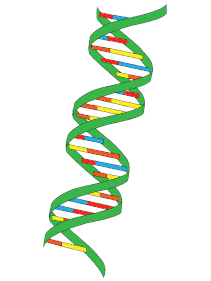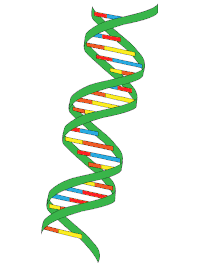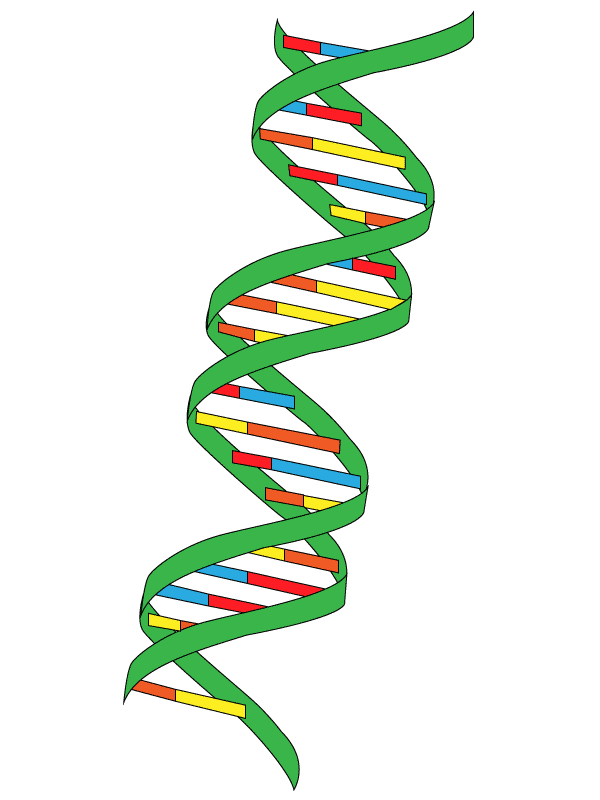Y-DNA
|
Y-DNA is found on the Y (male) chromosome and passes down the male line from a father to his son to his son and so on. Only males have Y chromosomes, so only males take Y-DNA tests. (As testing technology is advancing, it is recommended that they test at least 37 markers.) Y-DNA transfers relatively unchanged throughout male generations. Results uncover not only male family matches, but also can reveal a generations-deep family line (depending on the information provided by matches) and the male haplogroup, the group of people from whom one’s patrilineage descends. Y-DNA testing and associated results and matches are very helpful in genealogical research as connections are made to family lines. Clan Barclay International encourages Barclay males and men with associated surnames to test with Family Tree DNA and to join the Barclay Surname Project.
|
Autosomal DNA

Humans have 22 pairs of autosomes and one pair of sex chromosomes. (Females have two X sex chromosomes, and males have an X and a Y sex chromosome.) Since all people have autosomal DNA, all people can do autosomal DNA testing. Each person receives half of their autosomes from their mother and half from their father, and autosomal DNA test results reveal connections to relations both maternally and paternally, reflecting approximately six previous generations. Results also provide admixture percentages (also known as biogeographical ancestry analysis) inferring geographical origins. Note that DNA testing services use different algorithms, which may yield somewhat different admixture percentages, and that as DNA testing technology develops, admixture percentage results may be adjusted. Autosomal DNA testing and associated matches are very helpful in genealogical research as connections can be made to relations with family tree information. There are several Autosomal DNA testing services (referenced in the “Understanding Autosomal DNA” link below). As of this writing, Ancestry has the largest database of both Autosomal DNA results/matches and published family trees, making it the most efficient means of finding connections. Note that whatever service you use, your matches’ family tree data is only as good as their research, though, so it is recommended that you do your due diligence to verify if information is trustworthy.
Mitochondrial DNA

Mitochondrial DNA (mtDNA) are small organelles that lie in the cytoplasm of eukaryotic cells. It is passed from a mother to her children, both male and female. While sons and daughters inherit their mother’s mitochondrial DNA, only daughters will pass it to her children. Males inherit mitochondrial DNA but do not pass it along to their children. Since all people have mitochondrial DNA, all people can do mitochondrial DNA testing. Results reveal the female haplogroup, the group of people from whom one’s matrilineage descends. Mutations (changes) are rare from generation to generation, so mitochondrial test results connect to matches with a most recent female common ancestor deep in history. Mitochondrial DNA is very useful in illuminating the maternal haplogroup and deep history maternal migration. However, mitochondrial DNA testing and associated results may have limited effectiveness in genealogical research because it yields matches who have a most recent common female ancestor so many generations in the past and may make it difficult to identify how or when matches are connected.
DNA Statistics (2023): Latest Facts on Genetic Testing
In this article from Know Your DNA, learn about DNA testing, providers, common concerns, and results.
CLAN BARCLAY INTERNATIONAL
Copyright © 2021
